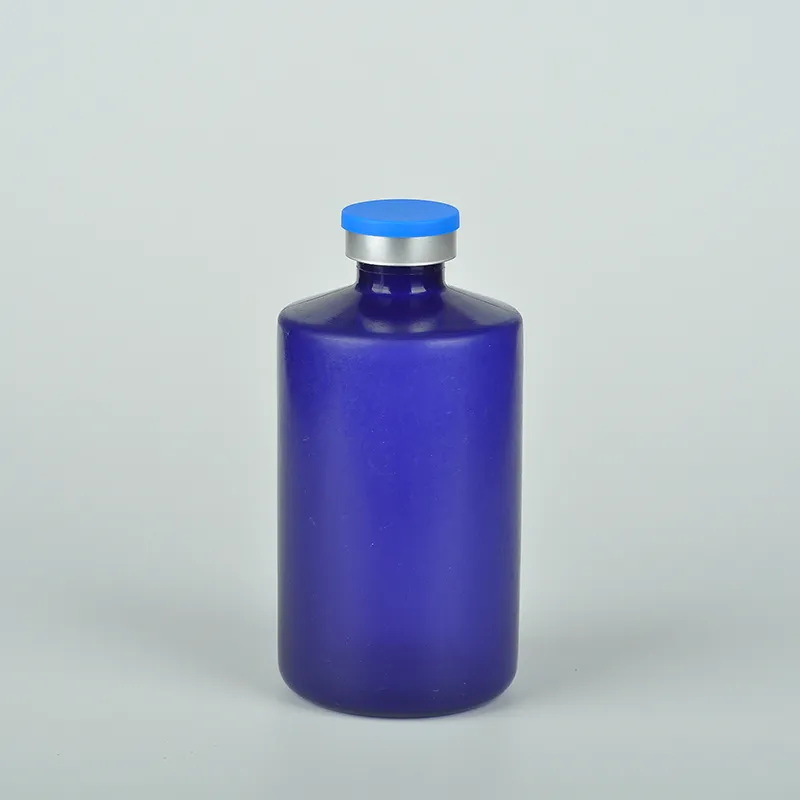https://www.wahmg.com/)">
Liquid Medicine Bottle Measurement Guidelines for Accurate Dispensing
Liquid Medicine Bottle Measurement Guidelines for Accurate Dispensing
Understanding Liquid Medicine Bottle Measurements
The design and measurement of liquid medicine bottles play a crucial role in ensuring accurate dosing and safe administration of medications. In healthcare, the precise measurement of liquid medications is vital for effectiveness and patient safety. This article explores the various aspects of liquid medicine bottle measurements, including their importance, standard units, and best practices for use.
Importance of Accurate Measurements
Every medication comes with specific dosing requirements. An incorrect dosage can lead to ineffective treatment, adverse side effects, or even overdose. For this reason, liquid medicine bottles are designed to allow for precise measurement of their contents. Healthcare providers, pharmacists, and patients rely on these measurements for various tasks, from creating compounding medications to administering prescribed doses at home.
Standard Units of Measurement
Liquid medicines are typically measured in milliliters (mL) in most countries, including the United States. This metric system allows for clear and consistent dosing recommendations. In some cases, measurements may also be expressed in liters (L) when referring to larger volumes, but milliliters remain the standard for individual doses.
In addition to milliliters, the concentration of medication may also be presented in terms of weight per volume (e.g., mg/mL). This precision ensures that healthcare providers and patients understand the strength of the medication they are administering. Understanding these units is crucial for converting dosages and ensuring that patients receive the correct amount of medication.
Design of Medicine Bottles
Liquid medicine bottles are typically made from glass or plastic, designed to protect the medication from light, air, and contamination. The bottle design often includes graduated markings on the side, which allows users to measure doses accurately. These graduations are usually marked in milliliters, allowing easy visualization of the volume being dispensed.
Most bottles also come with dispensing devices, such as droppers, syringes, or measuring cups, designed to provide accurate doses. These tools minimize the risk of error when transferring liquid medication to another container or direct administration. Each of these devices serves a specific purpose and includes markings that correspond to milliliters, creating a comprehensive system to facilitate safe and accurate medication delivery.
liquid medicine bottle measurements

Best Practices for Measuring Liquid Medications
To ensure safety and accuracy in administering liquid medications, here are some best practices that users should follow
1. Use the Correct Measuring Device Always use the dispensing tool that comes with the medication. Do not use household spoons, as they vary in size and may not provide accurate measurements.
2. Check the Label Before administering medication, always read the label for dosing instructions and expiration dates. Ensure that the medication has been stored properly to maintain its efficacy.
3. Measure at Eye Level When measuring liquid medication, hold the measuring device at eye level to ensure that the liquid reaches the correct graduation mark. This minimizes parallax errors, which can occur when viewing from an angle.
4. Ensure Cleanliness Before and after using the measuring device, ensure it is clean to prevent cross-contamination.
5. Consult with Healthcare Professionals If there is any doubt about the correct dosage or method of administration, consult a healthcare provider or pharmacist.
Conclusion
Understanding the measurements associated with liquid medicine bottles is essential for ensuring effective treatment and patient safety. By following standard units of measurement and best practices for use, patients and healthcare providers can work together to promote safe medication administration. Accurate dosing is not just a matter of convenience; it is a crucial element in achieving optimal health outcomes. Through careful attention to detail, we can all contribute to safer medication practices.
-
Wholesale Plastic Juice Bottles with Caps 16 oz Options Available Bulk Packaging SolutionsNewsJun.10,2025
-
Laboratory Apparatus Reagent Bottle – Durable & Chemical Resistant Bottles for Safe StorageNewsJun.10,2025
-
Squeezable Dropper Bottles Durable, Leak-Proof & CustomizableNewsMay.30,2025
-
Affordable Plastic Petri Plates Sterile & Disposable Lab-GradeNewsMay.30,2025
-
Eye Dropper Caps Precision 24/410 & Plastic Bottle-Compatible TipsNewsMay.30,2025
-
Affordable Mini Spray Bottle Price & Wholesale Deals Shop NowNewsMay.29,2025





















